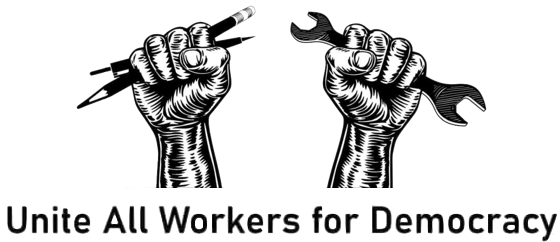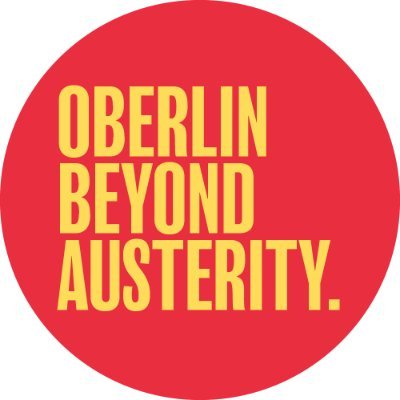First, the process Collective bargaining is a long established process, established both in past practice and labor law. It begins with each side setting out its maximal position in a first set of contract proposals. In these initial offers each side explains to the other what it would take to reach agreement. Subsequent rounds of bargaining narrow the gap, reach agreement in some areas but not others, and come as close together as possible, at which point the union will take the product of negotiations to its membership for a vote. None of this happened in bargaining with the UAW. The College never produced an initial contract proposal, nor subsequent ones; its last proposal was also its first. This meant that for four months, the UAW was negotiating in the dark, negotiating with itself essentially, making offers and concessions, with no sense of what the magic number was, or indeed if there was a magic number. This does not meet any definition of bargaining in good faith.

